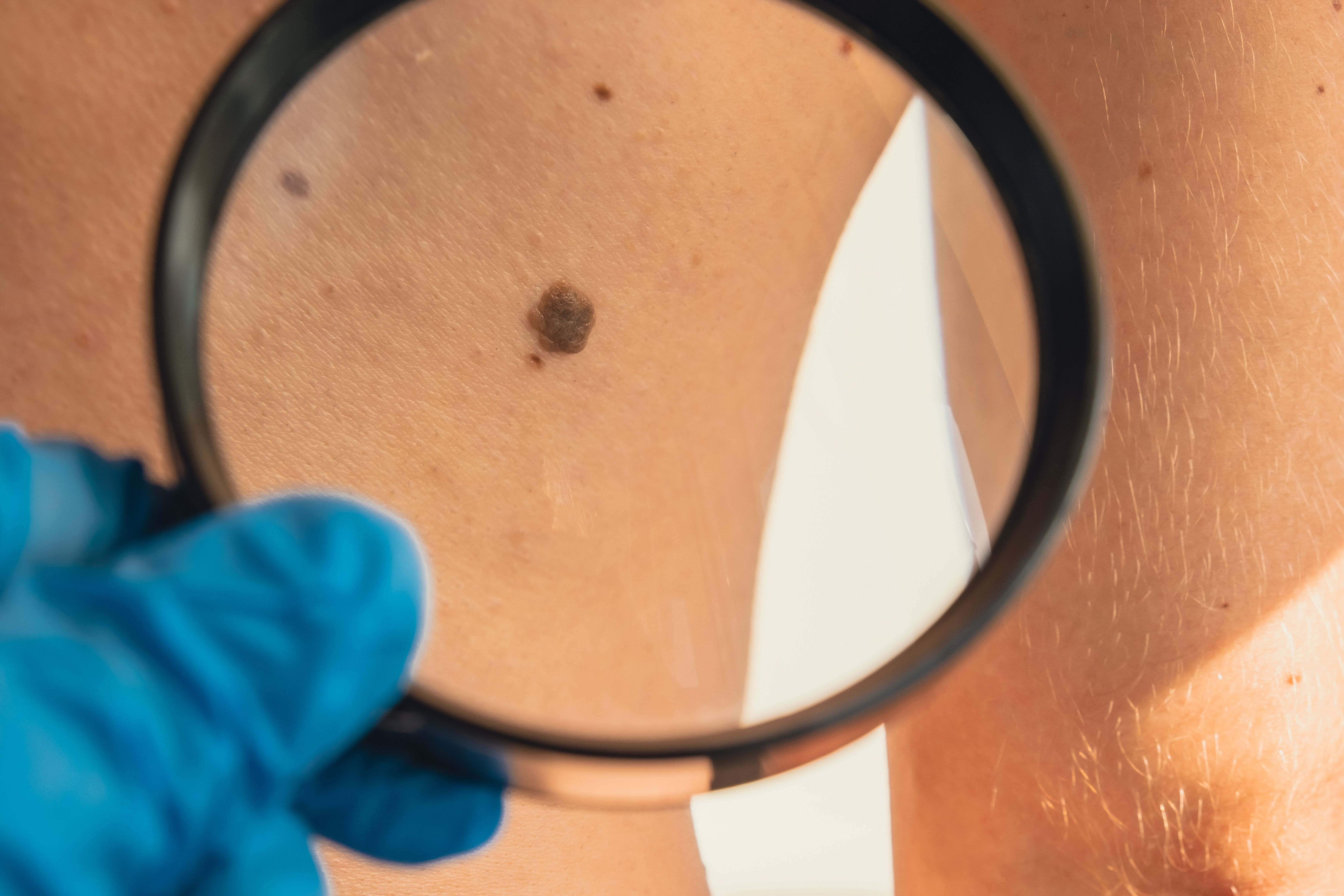News
Article
WVE-N531 Shows Promising Efficacy in DMD at Interim FORWARD-53 Analysis
Author(s):
In the phase 2 FORWARD-53 study, the exon-skipping oligonucleotide WVE-N531 showed promising safety and efficacy in boys with Duchenne muscular dystrophy (DMD) who are amenable to exon 53 skipping.
In the phase 2 FORWARD-53 study (NCT04906460), the investigational exon-skipping oligonucleotide WVE-N531 has shown promising safety and efficacy in boys with Duchenne muscular dystrophy (DMD) who are amenable to exon 53 skipping, according to an interim analysis of the trial. The positive results from the ongoing trial were announced in a press release from Wave Life Sciences.1
Currently, 4 exon-skipping drugs are FDA approved: eteplirsen (Exondys 51), golodirsen (Vyondys 53), casimersen (Amondys 45), and viltolarsen (Viltepso).2 In patients whose DMD is due to certain mutations in the DMD gene, these therapies can allow the gene to make a shorter version of the dystrophin protein slow disease progression through muscle fiber preservation. WVE-N531 is being investigated in DMD amenable to exon 53 skipping.1
The open-label FORWARD-53 study enrolled 11 boys with DMD aged 5 to 11 years to receive infusions of WVE-N531 every 2 weeks at a dose of 10 mg/kg, with muscle biopsies taken after 24 and 48 weeks. The interim analysis was conducted at 24 weeks.
Currently, 4 exon-skipping drugs are FDA approved for DMD: eteplirsen (Exondys 51), golodirsen (Vyondys 53), casimersen (Amondys 45), and viltolarsen (Viltepso) | Image credit: CrazyJuke - stock.adobe.com

A prespecified analysis of dystrophin results in ambulatory boys (n = 10) measured by Western Blot demonstrated a mean absolute muscle content-adjusted dystrophin expression of 9% (4.6%-13.9%) and a mean absolute unadjusted dystrophin expression of 5.5% (3.3%-8.3%) of normal. In the ambulatory cohort, 89% of patients reached muscle content-adjusted dystrophin levels of 5% or higher. Additionally, dystrophin was expressed as 2 different isoforms that are in line with those seen in patients with Becker muscular dystrophy, who typically present with more mild disease.
“Exon skipping is a promising approach to treat DMD and is compatible with all others that are approved or in development. However, it has been challenging for the field to achieve dystrophin levels that can significantly improve clinical outcomes,” Laurent Servais, MD, PhD, professor of pediatric neuromuscular disease at the University of Oxford and principal investigator in FORWARD-53, said in a statement. “Achieving mean muscle content-adjusted dystrophin of 9% is a meaningful step forward.”
The interim analysis also found WVE-N531 to be safe and tolerable, with only 4 total adverse events (AEs) in 3 patients total, all of which were mild. No participants discontinued the study due to AEs, and no serious AEs were reported.
“The safe and tolerable profile and the option for monthly dosing is also encouraging and has the potential to greatly contribute to quality of life of treated boys in comparison with current weekly dosing,” Servais said.
Regarding measures of muscle health, the study demonstrated increases in mean percentage of myocytes with internalized nuclei and an improvement in myofiber size and diameter between the Part A study (NCT04906460), which was already completed, and FORWARD-53. The interim data also showed improvements in creatine kinase (CK) and aspartate aminotransferase levels from baseline, with the CK reduction numerically larger than the typical reduction seen with steroid initiation for DMD.
“The high and consistent dystrophin levels at this interim timepoint are compelling and speak to the potential of WVE-N531 for boys amenable to exon 53 skipping, where better therapeutic options are urgently needed,” Anne-Marie Li-Kwai-Cheung, MChem, MTOPRA, RAPS, chief development officer at Wave Life Sciences, said in a statement. “It is also known that dystrophin is expressed as multiple functional isoforms and we are encouraged that the 2 isoforms observed on our Western Blot data are consistent with Becker muscular dystrophy patients who display milder disease. This observation is further supported by our interim data showing myofiber regeneration and improvements in muscle health. We look forward to delivering data from the complete FORWARD-53 study in the first quarter of 2025, and would like to express our deepest gratitude to the boys, families and study staff who are participating in the study.”
References
1. Wave Life Sciences announces positive interim data from FORWARD-53 clinical trial evaluating WVE-N531 in boys with Duchenne muscular dystrophy amenable to exon 53 skipping. News release. Wave Life Sciences. September 24, 2024. Accessed September 26, 2024. https://www.globenewswire.com/news-release/2024/09/24/2952057/0/en/Wave-Life-Sciences-Announces-Positive-Interim-Data-from-FORWARD-53-Clinical-Trial-Evaluating-WVE-N531-in-Boys-with-Duchenne-Muscular-Dystrophy-Amenable-to-Exon-53-Skipping.html
2. Approved treatments for muscular dystrophy. Muscular Dystrophy News Today. Accessed September 26, 2024. https://musculardystrophynews.com/approved-treatments-for-muscular-dystrophy/





